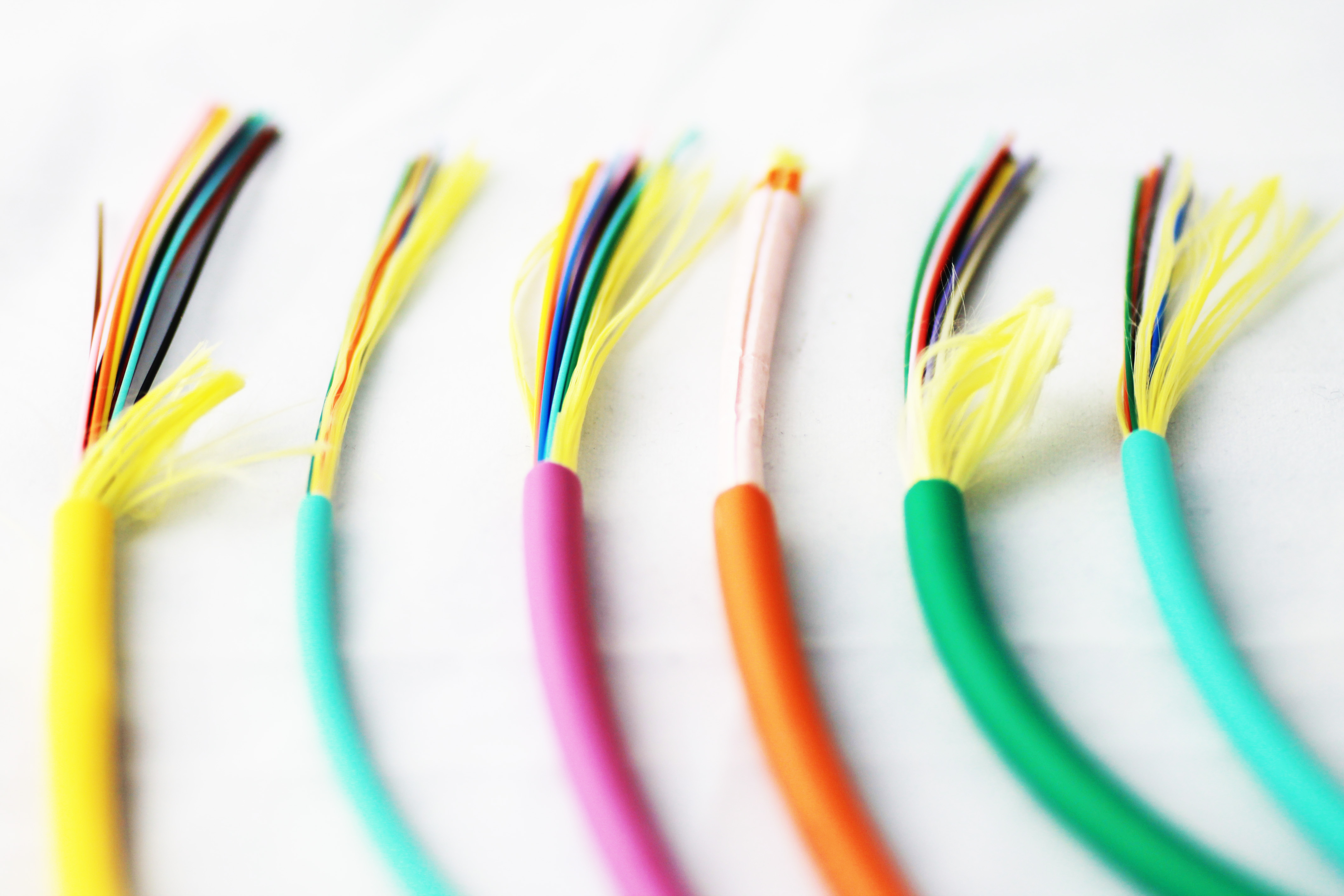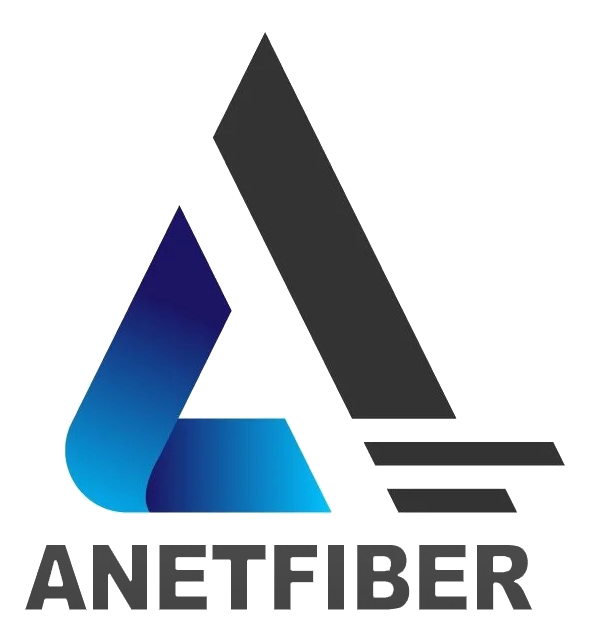5 Essential Color Coding Standards for Optical Patch Cables

Introduction to Color Coding in Optical Patch Cables
Color coding plays a crucial role in the organization and management of Optical Patch Cables. It serves as a visual identifier, allowing for quick and accurate differentiation between various types of cables. Understanding the significance of Color Coding in optical patch cables is essential for ensuring efficient network operations.
Why Color Coding Matters
The implementation of color-coded systems simplifies the process of identifying and tracing optical patch cables within complex networking environments. By assigning specific colors to different cable types, technicians can easily distinguish between fiber types, connector types, or even specific network connections. This streamlined approach reduces the likelihood of errors during installation, maintenance, and troubleshooting activities.
Furthermore, in scenarios where multiple cables are interconnected, color coding aids in preventing confusion and mismanagement. It enhances operational efficiency by enabling swift identification and isolation of faulty or disconnected cables.
The Basics of Optical Patch Cables
Optical Patch Cables, also known as fiber patch cables, are used to establish connections between various network components such as switches, routers, and servers. These cables transmit data using light signals through optical fibers enclosed within protective jackets.
The two primary fiber types used in optical patch cables are single-mode and multimode fibers. Each type has distinct characteristics that cater to specific networking requirements. Single-mode fibers are designed for long-distance transmissions with minimal signal loss, while multimode fibers are suitable for shorter distances within local area networks (LANs).
In addition to fiber type variations, optical patch cables feature different connector types such as LC (Lucent Connector), SC (Subscriber Connector), and ST (Straight Tip). Each connector type serves unique purposes based on compatibility with networking equipment.
Understanding these fundamental aspects is crucial for comprehending the significance of color coding standards in optical patch cables.
Understanding Fiber Patch Cable Color Codes
In the realm of fiber optic networking, color coding serves as a fundamental aspect of cable management and identification. The utilization of color-coded fiber optic cables significantly contributes to the seamless operation and maintenance of network infrastructures.
Color-Coding for Different Fiber Types
When it comes to fiber patch cables, distinguishing between various fiber types is essential for ensuring optimal performance and compatibility within networking environments. The color-coding standards associated with these cables play a pivotal role in differentiating between single-mode and multimode fibers.
Singlemode vs. Multimode Cables
Single-mode fibers, designed for long-distance transmissions, are typically identified by their standardized yellow outer jackets. This distinct color allows technicians to readily recognize these cables, enabling them to deploy them effectively for extended reach applications. On the other hand, multimode fibers, which are suitable for shorter distances, often feature an orange outer jacket as per industry color-coding standards. This clear differentiation simplifies the deployment process and ensures that the appropriate fiber type is utilized based on the specific networking requirements.
Fiber Patch Cable Color Codes
In addition to distinguishing between single-mode and multimode fibers, understanding the specific color codes assigned to different components of fiber patch cables is crucial for efficient network management.
Decoding the Colors
The outer jackets of fiber patch cables are adorned with distinct colors that signify various attributes such as connector compatibility, cable purpose, or specific network connections. For instance, connectors terminated with LC (Lucent Connector) often feature a beige-colored housing, while SC (Subscriber Connector) connectors are commonly associated with blue-colored housings. These standardized color codes simplify the process of identifying and matching connectors with corresponding ports on networking equipment.
Moreover, individual fibers within a cable may also be color-coded to facilitate easy identification during installation or maintenance activities. This practice aids technicians in swiftly tracing and managing individual fibers within complex cable arrangements.
In essence, comprehending the intricate details of fiber patch cable color codes empowers network administrators and technicians to streamline operations while ensuring accuracy in connectivity solutions.
The Role of Color-Coded Connectors in Cable Management
Color-coded connectors play a pivotal role in the efficient management and organization of optical patch cables within complex networking infrastructures. By incorporating standardized color schemes into connector design, cable identification and maintenance processes are streamlined, contributing to enhanced operational efficiency.
Benefits of Color-Coded Connectors
The utilization of color-coded connectors offers several notable benefits that significantly impact cable management practices:
Enhanced Visual Identification: The distinct colors assigned to connectors enable technicians to visually identify and differentiate between various connector types, such as LC, SC, or ST. This visual cue simplifies the process of selecting the appropriate connectors for specific networking equipment, reducing the likelihood of errors during installation or maintenance activities.
Facilitated Compatibility: Color-coded connectors align with industry standards, ensuring seamless compatibility with corresponding ports on network devices. This alignment eliminates ambiguity and confusion when connecting optical patch cables to networking components, promoting a more straightforward and error-free installation process.
Streamlined Maintenance: During routine maintenance or troubleshooting tasks, color-coded connectors expedite the identification of specific cable connections. Technicians can swiftly locate and isolate faulty or disconnected cables based on their color-coded connectors, minimizing downtime and optimizing network reliability.
Reduced Human Error: The implementation of color-coded connectors reduces the potential for human error when handling optical patch cables. Technicians can confidently select and deploy connectors based on their designated colors, mitigating the risk of misconnections or compatibility issues.
By harnessing these benefits, organizations can establish robust cable management practices that enhance overall network performance and reliability.
Cable Identification by Color
In addition to facilitating connector compatibility and visual identification, color coding plays a crucial role in simplifying cable management processes within data centers and networking environments.
Simplifying Cable Management
The adoption of standardized color codes for connectors contributes to simplified cable management through the following mechanisms:
Efficient Inventory Management: By adhering to color-coding standards for connectors, organizations can efficiently manage their inventory of optical patch cables. The ability to quickly identify specific cable types based on connector colors streamlines inventory tracking and replenishment processes.
Accelerated Troubleshooting: In scenarios where rapid troubleshooting is required, color-coded connectors enable technicians to promptly pinpoint problematic connections without extensive manual tracing. This expedites issue resolution and minimizes disruptions to network operations.
Consistent Documentation: Standardized color codes for connectors facilitate consistent documentation practices within network infrastructure planning and maintenance procedures. Clear labeling based on connector colors enhances documentation accuracy while promoting uniformity across different operational teams.
Enhanced Scalability: As networks expand or undergo modifications over time, maintaining consistent color-coding practices for connectors supports scalability by ensuring that new installations align with existing standards. This approach fosters a cohesive and organized cabling infrastructure that accommodates future growth seamlessly.
In essence, leveraging color coding in cable management not only optimizes day-to-day operations but also lays a foundation for scalable and sustainable network infrastructure solutions.
Industry Standards: TIA/EIA-598 Color Code Explained
The TIA/EIA-598 color code is a set of industry standards that defines specific color schemes for optical fibers and connectors, contributing to the seamless identification and management of optical patch cables within networking environments.
Overview of TIA/EIA-598 Standard
The TIA/EIA-598 standard establishes a comprehensive framework for color-coding optical fibers, providing clear guidelines for differentiating between various fiber types, connector compatibility, and cable purposes. This standardized approach ensures uniformity across different network installations and facilitates interoperability between components from different manufacturers.
The standardization of color codes simplifies the deployment and maintenance of optical patch cables by offering a consistent visual language that technicians can rely on. By adhering to the TIA/EIA-598 standard, organizations can streamline their cabling infrastructure while promoting efficient operations and troubleshooting processes.
Importance of Industry Color Coding Standards
The adherence to industry color coding standards, such as the TIA/EIA-598 standard, holds significant importance in ensuring compatibility and safety within networking environments.
Ensuring Compatibility and Safety
By following established color coding standards, organizations can mitigate the risk of compatibility issues when integrating new components or expanding existing network infrastructures. The standardized colors associated with specific fiber types and connectors enable technicians to make accurate connections based on visual cues, reducing the likelihood of errors during installation or maintenance activities.
Furthermore, the implementation of industry color coding standards enhances safety measures by promoting consistency in cable identification. In high-density networking environments where numerous cables are interconnected, the use of standardized colors minimizes the potential for misconnections or accidental disconnections, thereby safeguarding network integrity and reliability.
Adhering to industry color coding standards not only fosters a harmonized approach to cable management but also contributes to overall network resilience by upholding compatibility and safety protocols.
Compliance and Applications of Color Codes
Adhering to established color code standards is paramount in ensuring the seamless integration and operation of optical patch cables within diverse networking environments. By complying with industry-recognized color coding practices, organizations can uphold compatibility, safety, and operational efficiency across their network infrastructures.
Compliance with Color Code Standards
The adherence to color code standards encompasses a comprehensive approach to cable management, encompassing the deployment, maintenance, and expansion of network connectivity solutions. Organizations must prioritize the consistent application of color-coded systems to foster a cohesive and organized cabling infrastructure. This commitment to compliance mitigates the risk of misconnections, enhances troubleshooting capabilities, and promotes a standardized approach to cable identification.
Furthermore, by aligning with recognized color code standards such as the TIA/EIA-598 standard, organizations demonstrate their dedication to best practices in network infrastructure management. This commitment extends beyond mere visual aesthetics; it reflects a strategic investment in optimizing network performance while minimizing the potential for errors or disruptions.
Application of Color Codes in Data Centers
The application of color codes holds significant relevance in data center environments where high-density networking configurations demand meticulous organization and swift identification of cable connections. Leveraging standardized color coding practices within data centers yields multifaceted benefits that contribute to enhanced operational efficiency and reliability.
Enhancing Efficiency and Reliability
The strategic implementation of color-coded systems within data centers facilitates streamlined operations through the following applications:
Rapid Identification: In bustling data center environments characterized by an extensive array of interconnected cables, color-coded connectors enable technicians to swiftly identify specific cable connections based on their designated colors. This expedites maintenance tasks and minimizes downtime by accelerating troubleshooting processes.
Optimized Cable Routing: The utilization of color codes for cables aids in efficient routing within data center infrastructure. By visually distinguishing between different cable types or connectivity purposes, technicians can navigate complex cable arrangements with precision, reducing the likelihood of errors during installation or reconfiguration activities.
Standardized Documentation: Consistent adherence to color coding standards fosters uniformity in documentation practices within data centers. Clear labeling based on connector colors enhances accuracy in inventory tracking, maintenance logs, and network diagrams, promoting organizational efficiency and transparency.
Enhanced Scalability: As data centers evolve to accommodate expanding networking requirements, maintaining standardized color-coding practices ensures seamless scalability without compromising operational coherence. New installations align with existing standards, fostering a structured cabling framework that supports future growth without introducing complexity or ambiguity.
In essence, the application of color codes within data centers transcends visual differentiation; it underpins robust cable management strategies that optimize day-to-day operations while laying a foundation for sustainable scalability.
Conclusion: The Importance of Adhering to Color Coding Standards
In summary, the adherence to color coding standards in optical communications is paramount for ensuring efficient network operations and seamless cable management. By recapitulating key points and exploring the future implications of color coding, it becomes evident that this practice is integral to the reliability and scalability of modern networking infrastructures.
Recap of Key Points
Throughout this discourse, the significance of color coding in optical patch cables has been underscored. From understanding the basics of optical patch cables to decoding fiber patch cable color codes, it is clear that color-coded systems streamline cable identification and maintenance processes while reducing the potential for errors. The role of color-coded connectors in cable management has been elucidated, emphasizing their benefits in enhancing visual identification, compatibility, maintenance, and error reduction. Furthermore, industry standards such as the TIA/EIA-598 color code have been explored, highlighting their importance in ensuring compatibility and safety within networking environments. The compliance and applications of color codes have also been discussed, emphasizing their role in promoting operational efficiency and reliability.
The Future of Color Coding in Optical Communications
As technology continues to advance at a rapid pace, the future of color coding in optical communications holds promise for further innovation and standardization. With emerging developments in fiber optic networking and increasing demands for high-speed data transmission, there is a growing need for enhanced organization and management of optical patch cables. This necessitates ongoing refinement and expansion of color-coding standards to accommodate evolving networking requirements.
The integration of advanced technologies such as 5G, Internet of Things (IoT), and cloud computing into network infrastructures underscores the importance of robust cable management practices facilitated by comprehensive color-coding systems. As these technologies become more pervasive, the reliance on optical communications will intensify, heightening the significance of standardized color codes for seamless connectivity solutions.
Moreover, as organizations strive to optimize their network performance while minimizing downtime and errors, there is an increasing emphasis on leveraging color-coded systems not only for practical identification but also for strategic planning and scalability. The future trajectory of color coding in optical communications aligns with a proactive approach towards fostering resilient network infrastructures that can adapt to dynamic technological landscapes.
In conclusion, embracing and upholding established color coding standards is pivotal for sustaining efficient operations within modern networking environments. By recognizing its foundational role in promoting accuracy, compatibility, safety measures, streamlined maintenance processes, and scalable infrastructure solutions - organizations can position themselves at the forefront of reliable optical communications.
See Also
Variations in Single-mode Versus Multi-mode Optical Patch Cables
5 Vital Fiber Optic Cable Connectors to Familiarize Yourself With
5 Crucial Techniques for Installing Optical Fiber Cables
5 Vital Solutions for Managing Fiber Optic Cables in Network Infrastructure
5 Crucial Factors to Consider When Designing Fiber Optic Cables for Harsh Environments


